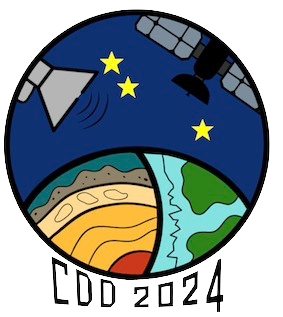Orateur
Description
Microorganisms are ubiquitous in all the Earth’s surface and sub-surface environments. To date, their number is estimated at ~10^30 cells, which is considerable compared to the number of stars ~10^21 currently known to exist in galaxies in the universe. On Earth, prokaryotes alone account for ~15% of total biomass. Microorganisms are then considered as a major environmental compartment. They are mainly organized as biofilms which are 3D structures where microbial cells are encased in a self-secreted exopolymeric matrix. Particularly, it shows a limited transport of nutrients and elements along the biofilm thickness. Combined with a high metabolic activity, biofilms then exhibit specific and highly reactive pockets in their 3D structure, known as microenvironments, which determine their reactivity with metals for example. It is therefore a challenge to study these microenvironments without destroying the biofilm structure. Confocal laser scanning microscopy (CLSM) is a technique of interest. It enables the structure to be preserved and imaged in 3D using appropriate probes. In this study, we are particularly interested in imaging the redox microenvironments in biofilm in relation to its structure, using a combination of fluorophores that target biofilm structure and highly reactive oxygen-related redox species (ROS).

